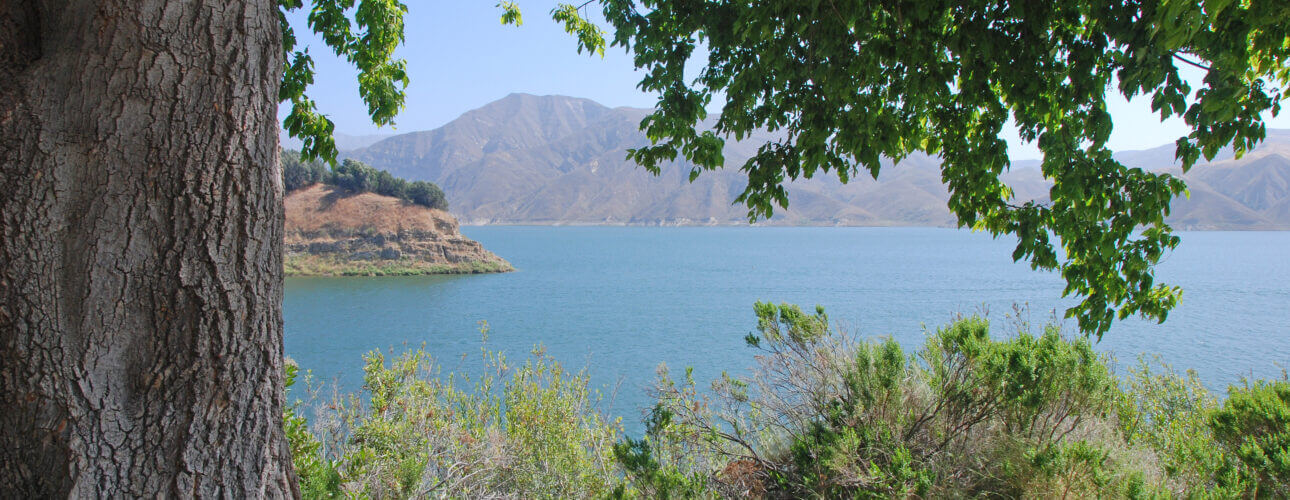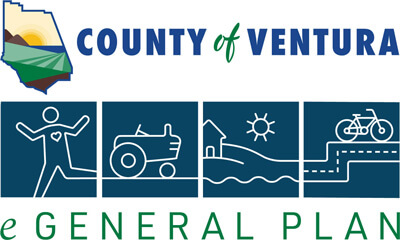
Water Resources
The purpose of this element is to provide a policy framework to preserve and enhance water availability and quality. It is a County priority for water resources to be effectively managed to provide for the long-term viability and availability of this precious resource. The goals of the Water Resources Element recognize that the County has an important role to play in water management. The County’s land use decisions, and resulting water demand and wastewater generation, affect the quality and availability of water in the county. Details on water resources in Ventura County are provided in the Background Report prepared for the 2040 General Plan and summarized here.
The framework for water management is complex and is comprised of federal and state laws, as well as local ordinances. There are laws governing water rights, protection of water quality, protection of beneficial uses of water, laws to ensure adequate provision of water for new development, and regulations that regulate the manner of development to minimize negative impacts to water quality and quantity.
Ventura County has a wide range of water resources, including imported water, surface water, groundwater, and recycled water. Within the unincorporated area, the predominant water supply is groundwater. The heavy reliance on groundwater, which increases during drought, has led to falling groundwater levels in some groundwater basins, putting some areas at risk of subsidence, and exacerbating seawater intrusion into groundwater basins in the coastal area.
Ventura County has a wide range of water purveyors. Most urban areas receive water through larger special districts, city utilities, private companies regulated by the state Public Utilities Commission, and mutual water companies. There are a total of 162 individual water suppliers and irrigation districts in the county, not including individual users on private well systems. This means the unincorporated area depends on an extensive array of water suppliers and systems that are not necessarily coordinated with one another.
Climate change adds complexity to water resources planning by affecting water supplies and water demands. Climate change increases the frequency and intensity of precipitation and is associated with extreme weather including devasting wildfires and extended severe drought. As reported by the California Environmental Protection Agency in Indicators of Climate Change in California (EPA, 2018), “From record temperatures to proliferating wildfires and rising seas, climate change poses an immediate and escalating threat to California’s environment, public health, and economic vitality.”
